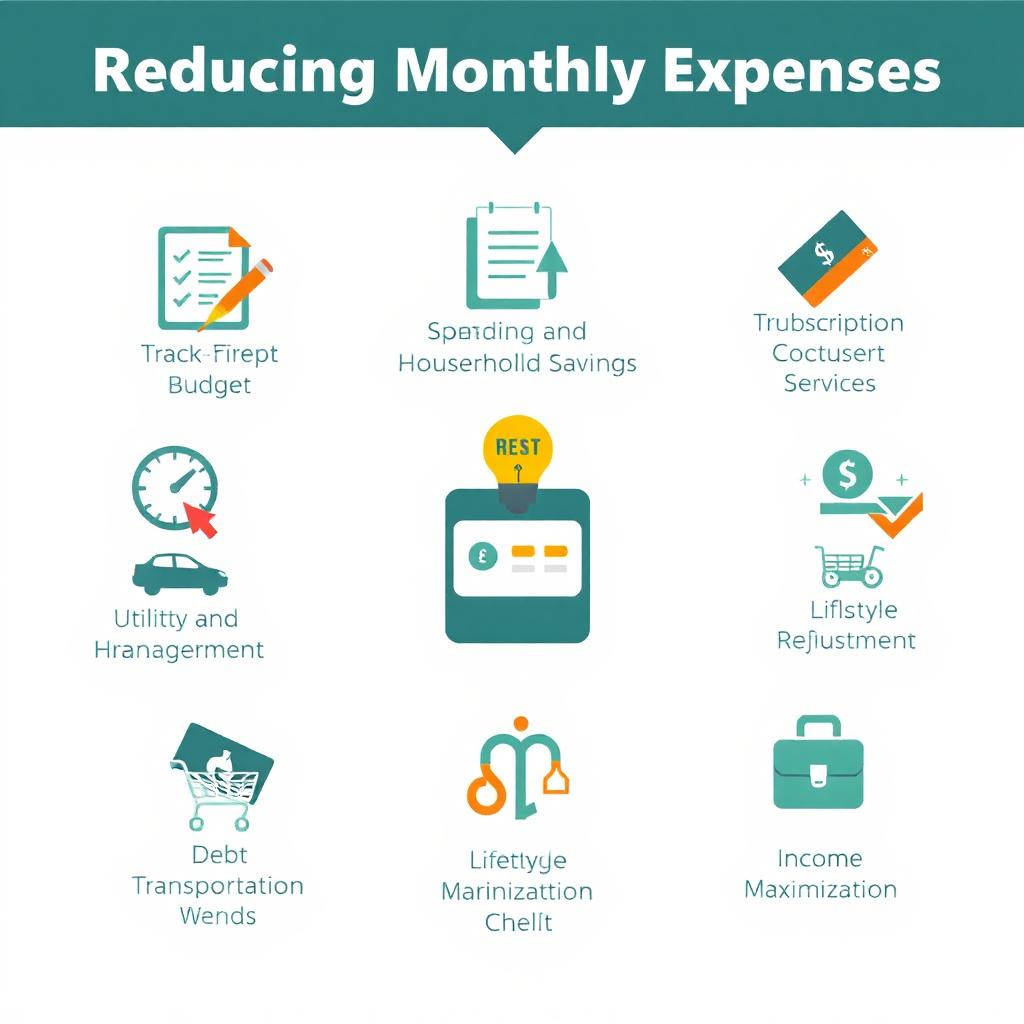Managing and reducing monthly expenses is crucial for maintaining financial health and achieving long-term financial goals. Whether you’re looking to save more, pay off debt, or simply get a better handle on your budget, implementing smart strategies for reducing monthly expenses can lead to significant improvements in your financial well-being. This guide provides actionable tips and strategies to help you cut costs effectively and enhance your financial stability.
1. Create a Detailed Budget
1.1. Track Your Spending
Begin by tracking all your spending for at least a month. Use budgeting apps or spreadsheets to categorize your expenses. This will help you identify where your money is going and pinpoint areas for potential savings.
1.2. Set Clear Financial Goals
Establish specific financial goals, such as saving for a vacation, paying off debt, or building an emergency fund. Having clear goals will help you stay motivated and focused on reducing your expenses.
1.3. Allocate Funds Wisely
Divide your income into categories: essentials (rent, utilities, groceries), savings, debt repayment, and discretionary spending (entertainment, dining out). Ensure that essentials and savings are prioritized.
2. Cut Unnecessary Subscriptions and Memberships
2.1. Review Your Subscriptions
Audit your subscriptions and memberships, including streaming services, magazines, gym memberships, and software. Cancel any that you no longer use or need. Consider switching to lower-cost alternatives or bundling services to save money.
2.2. Negotiate or Downgrade Services
Contact service providers to negotiate better rates or downgrade to more affordable plans. Many companies offer promotional rates or discounts for existing customers who ask.
3. Reduce Utility and Household Expenses
3.1. Implement Energy-Saving Measures
Save on energy bills by using energy-efficient appliances, switching to LED bulbs, and unplugging electronics when not in use. Consider a programmable thermostat to optimize heating and cooling.
3.2. Conserve Water
Reduce water usage with low-flow showerheads, faucets, and toilets. Fix leaks promptly and consider shorter showers to lower your water bill.
3.3. Shop Smart for Groceries
Plan your meals and create a shopping list before heading to the grocery store. Use coupons, take advantage of sales, and buy in bulk for non-perishable items. Avoid impulse purchases and stick to your list.
4. Cut Transportation Costs
4.1. Optimize Your Commute
Reduce transportation costs by carpooling, using public transportation, or biking. If possible, work from home to save on commuting expenses.
4.2. Maintain Your Vehicle
Keep your vehicle well-maintained to avoid costly repairs. Regular maintenance, such as oil changes and tire rotations, can improve fuel efficiency and extend the life of your car.
4.3. Compare Insurance Rates
Shop around for auto insurance to find the best rates. Consider raising your deductible or bundling policies to save on premiums.
5. Minimize Debt-Related Expenses
5.1. Pay Off High-Interest Debt
Focus on paying off high-interest debt first, such as credit card balances. Use the avalanche method (prioritizing higher interest rates) or the snowball method (paying off smaller debts first) to manage your debt effectively.
5.2. Refinance Loans
Explore refinancing options for student loans, mortgages, or other loans to secure lower interest rates. This can reduce your monthly payments and total interest paid over time.
5.3. Avoid New Debt
Be cautious about taking on new debt. Use credit responsibly and pay off balances in full each month to avoid accruing interest and additional fees.
6. Cut Entertainment and Lifestyle Costs
6.1. Find Free or Low-Cost Activities
Explore free or low-cost recreational activities, such as local events, parks, or community programs. Look for discounts or deals on entertainment and dining.
6.2. Limit Dining Out
Reduce the frequency of dining out and focus on cooking meals at home. Plan meals ahead of time and prepare larger batches for easy leftovers.
6.3. Review and Adjust Spending Habits
Reflect on your spending habits and identify areas where you can cut back. Consider setting spending limits for discretionary categories and stick to them.
7. Maximize Your Income
7.1. Seek Additional Income Streams
Explore opportunities for side gigs, freelancing, or part-time work to boost your income. Use the extra earnings to accelerate your savings or pay off debt.
7.2. Invest in Your Skills
Consider investing in education or training that can enhance your career prospects and potentially lead to higher income. Professional development can provide long-term financial benefits
